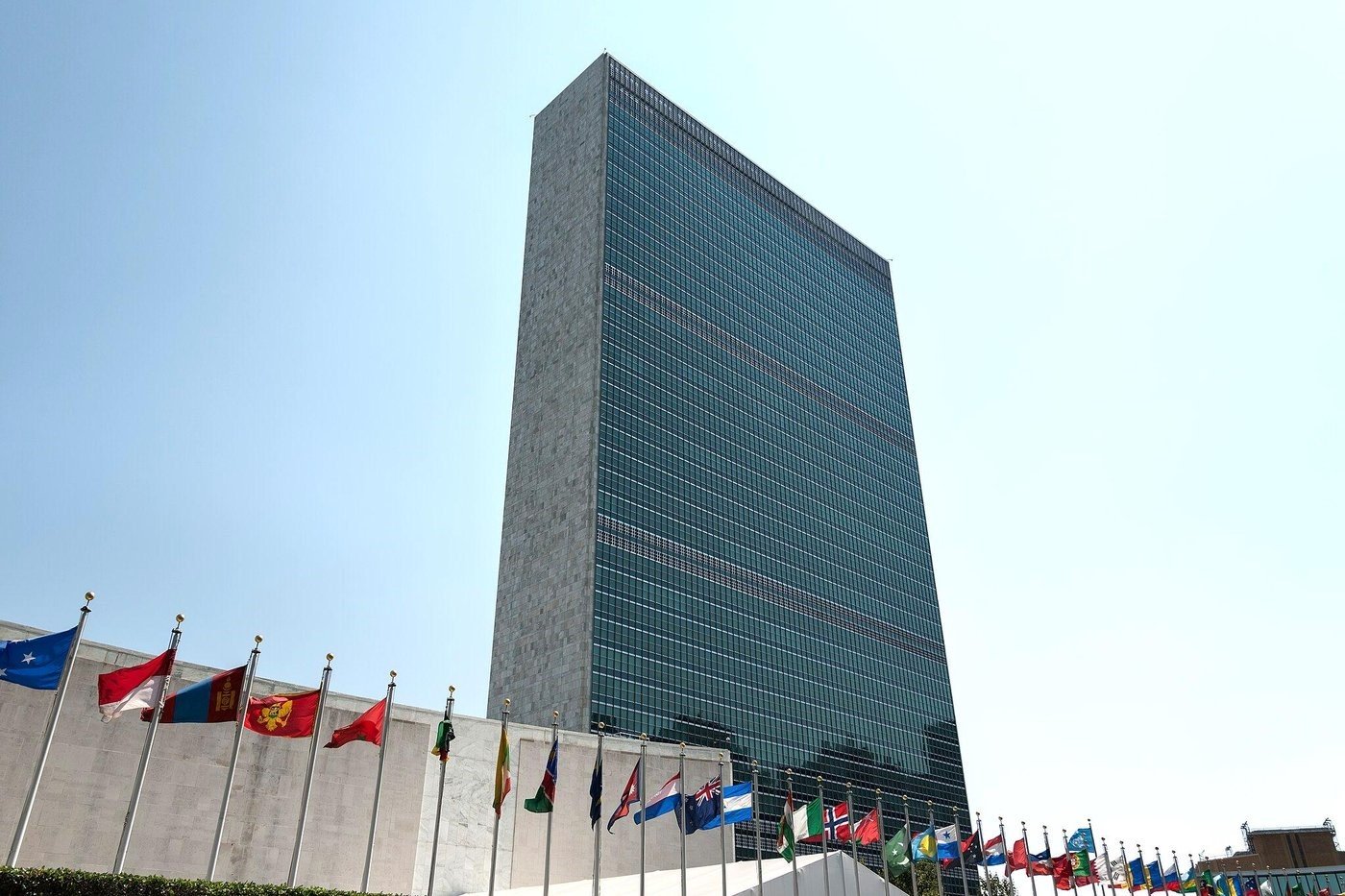With just above two-fifths of its population having access to electricity (over 600 million people), sub-Saharan Africa is a region assessed to have the lowest electricity access rates in the world — lower not only than the global rates, but than those in comparable regions, too.
Taking into account the region’s income levels and electric grid footprint, a study by the World Bank claims that these rates are considerably lower than they could be, and concludes that limited electricity access imposes “major constraints on modern economic activities, the provision of public services, the adoption of new technologies, and the quality of life.”
While it wouldn’t be irrational to speculate that these rates would have matured over the past several decades, due to, for instance, varying electrification efforts and investments, truth is that the progress in the electrification of sub-Saharan Africa moved at a pace slower than population growth, which resulted in the region’s electricity access rates declining since 2014, as opposed to rising.
Furthermore, these rates are substantially lower in the region’s rural areas, where over 80% of the aforementioned 600 million people live.
If we were to look at the sub-Saharan region more closely and focus on Mali in particular, and divide this country’s population up by rural and urban areas, we would discover that only 11.7% of Mali’s rural population has access to electricity. This is around eight times lower than the global average and almost four times lower than the rates in sub-Saharan Africa.
Hoping to address these issues and help to fuel electrification of rural areas in Africa, Torsten and Aida Schreiber founded Africa GreenTec — a startup that develops the “first eco-effective, sustainable and social swarm power plant,” which they call the Solartainer.
I had a chance to speak to Harald T. Schreiber, Africa GreenTec’s chief marketing officer, and inquire — and learn — more about their Solartainers, the startup’s history, present achievements and future plans, as well as about their challenges and other projects.
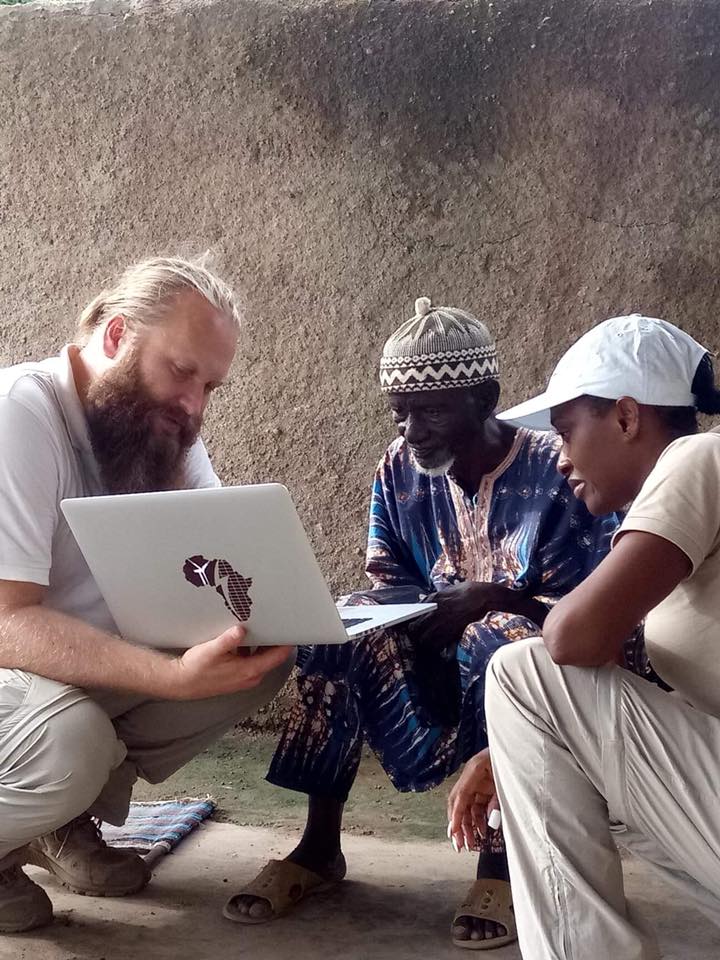
Could you please share with our readers how the story of Africa GreenTec began?
Harald T. Schreiber: The founders Aida and Torsten Schreiber have strong family ties to Mali. In 2014, they were invited by the Malien government to help devise a strategy to bring electricity to this country that is about three times the size of Germany. During this trip the couple visited an enormous 20 megawatt diesel power plant, which used approximately 140,000 liters of fuel per day. As a very committed advocate of climate protection, this was in stark contrast to Aida and Torsten’s views, especially in a country with more than twice as much sunlight per year as most European countries.
Small diesel fuel generators are widespread, especially in rural areas (off-grid), and they supply electricity at high economic and ecological costs. In contrast, photovoltaic systems provide clean electricity at significantly lower costs. The history of Africa GreenTec began with the idea of bringing an off-grid solar power system to rural areas of Mali. Aida and Torsten knew from the start that electricity is the beginning of everything and thus a hub of self-determination.
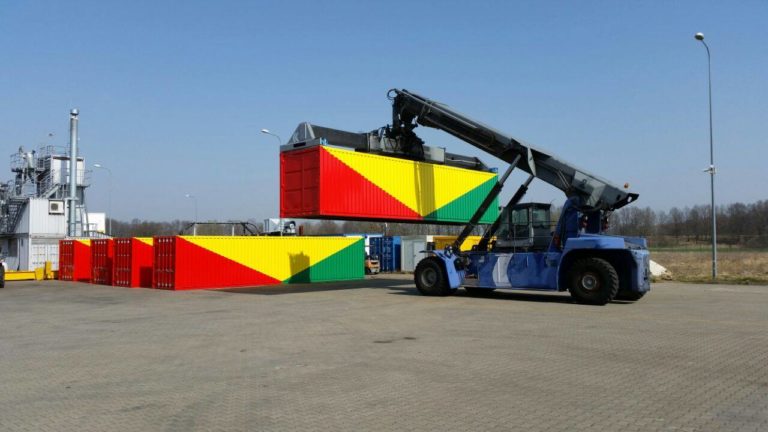
How would you describe your Solartainers? What are some of their most important features?
HTS: Electricity means opportunities, which translates to growth. The Solartainer is “the growth hub for self-determination.” It is the basis for self-determination and a better quality of life. Our Solartainer is a mobile, financially viable, turnkey energy solution system, which can be set-up within hours, providing lithium battery storage for numerous off-grid applications. The key features are a 42-50 kWp output, a 20-300 kWh lithium-ion storage, a 1,500 L/hour drinking water treatment, remote monitoring and internet access via satellite, which provides clean, productive energy for up to 4,000 people, 400 households, 40 commercial customers and 10 municipal facilities.
However, the Solartainer is more than just a product. It is part of a concept which embraces an entire ecosystem and integrates well with local cultures. At each site, we sensitize and train communities to create and increase their individual and cumulative productivity through intelligent power distribution.
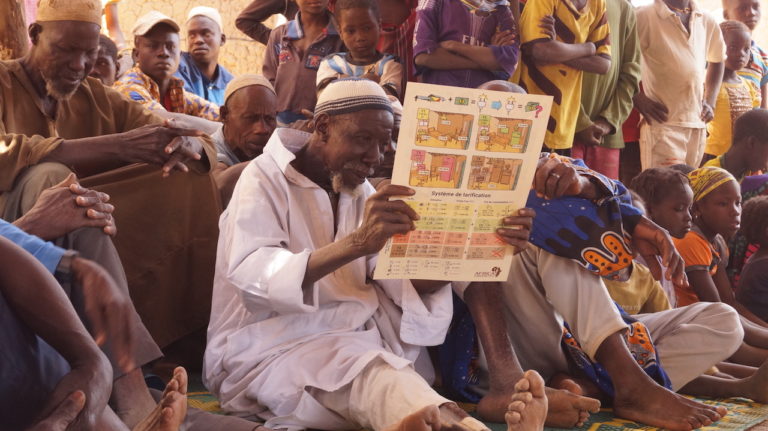
Africa GreenTec plans to install 50 Solartainers and thus provide up to 250,000 people with clean electricity. How much of this plan have you realized thus far?
HTS: On our journey to installing 50 Solartainer in Mali and supplying up to 250,000 people with clean electricity, we have reached many of our milestones.
Sixteen Solartainers are already delivering clean electricity, while Solartainers 17, 18, 19 and 20 are in different stages of installation.
We are constantly improving our products, processes and knowledge, and in cooperation with the DEG (Deutsche Entwicklungsgesellschaft), we have launched a major network construction project for the repair, expansion and construction of intelligent island networks in Malian villages.
We do not focus primarily on maximizing profits, but on solving problems and scaling the impact of profits.
Building an industry in sub-Saharan Africa with modern technologies that are not yet available in Germany is a challenge that we face every day anew. Our corporate goals and values are determined by impact, sustainability, environmental, economic and social factors. We do not focus primarily on maximizing profits, but on solving problems and scaling the impact of profits.

The percentage of people in Africa without access to electricity is high, while those who do have it often rely on diesel generators or other fossil fuels. In terms of cost, CO2 emissions and efficiency, how do your Solartainers compare to conventional methods?
HTS: One of our core tasks is to eliminate dependence on diesel fuel in the villages of sub-Saharan Africa. The use of diesel generators leads to health problems, pollutes the atmosphere, and is loud and inefficient. Each Solartainer is highly efficient, reduces CO2 emissions by approximately 60 tons per year and drastically reduces health problems caused by diesel generators and exhaust gases.
Every Solartainer is the beginning of a new, small ecosystem.
This year, we will provide people in the villages with access to efficient and affordable equipment to increase productivity, leading to business opportunities and better quality of life. Every Solartainer is the beginning of a new, small ecosystem.
All these factors are appreciated by local communities, but most people do not appreciate emission-free electricity unless it is combined with other benefits. We offer a durable product with many benefits and a local infrastructure, which is why communities trust Africa GreenTec.
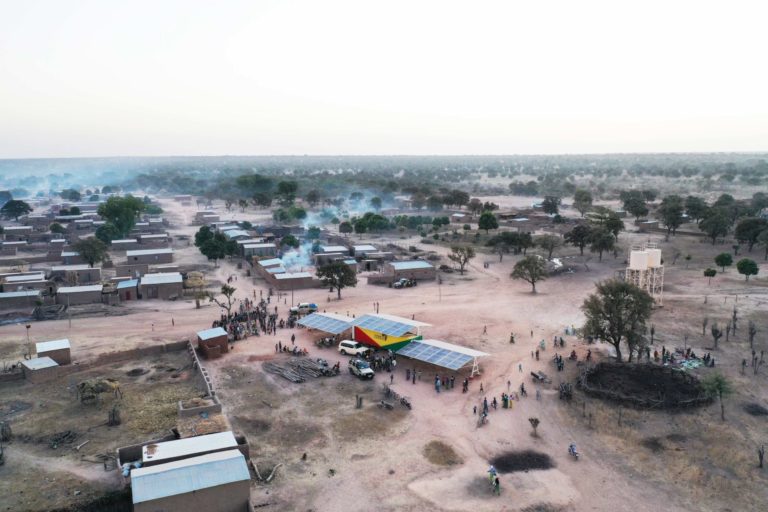
What differentiates your project from other similar initiatives?
HTS: In sub-Saharan Africa, 620 million people live without access to electricity (the number is rising due to high birth rates). Africa GreenTec values all initiatives that bring clean electricity with high quality components to the Global South, but focuses on productive electricity used for welding machines, cooling chains, mills and other efficient equipment. Most smaller systems do not provide enough power to use these machines. Improved productivity helps small companies develop, leading to more independence, self-determination and growth.
The Solartainer is a mobile turnkey solution that minimizes many of the risk factors associated with stand-alone photovoltaic systems. Performance can be increased by adding additional units. The intelligent power grid connected to the Solartainer offers the supplier extensive control and maintenance options.
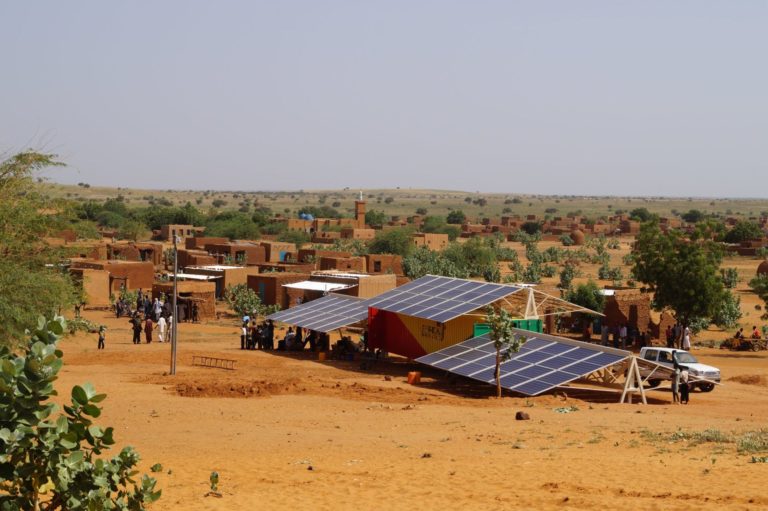
While your solar plants directly contribute to achieving SDGs seven, eight, nine and 13, the full range of other services that you intend to connect to your solar plants have the potential to indirectly address all 17 SDGs. Could you tell us about some of these other services?
HTS: Energy is the beginning of many things. Our Solartainer is “the growth hub to self-determination” and our fundamental contribution to new economic opportunities; the basis for building sustainable ecosystems in rural areas. The Solartainer is the first building block of our vision to offer and integrate many more services. Africa GreenTec is currently developing a strategy to upgrade all Solartainer units with a WiFi network and a water treatment system, and to provide access to an efficient appliance pool.
What would you say are the greatest risks involved with your project and what measures have you taken to handle them?
HTS: Many global companies have failed in Africa and have not managed to implement sustainable products or services. That’s why we decided to set up an African-European start-up to combine the advantages of many cultures and focus on sustainable work. Doing business in sub-Saharan Africa brings with it many unknown obstacles that we encounter every day. We learn from them and develop new solutions. This requires a lot of time and resources. We have implemented new structures and processes to work more efficiently, focus on good intercultural communication and translate our insights into new goals.
Related topics: “Solar Em(power)ment is Lighting the Path to Sustainable Development” – “Financing the Sustainable Development Goals — How Will We Pay for the Green Energy Infrastructure We Need?”
Many subsidiary programs are currently coming into the country and changing market prices. We are building good relationships with government institutions and are gaining confidence in the market by focusing on delivering on our promises.
Lack of funding is another risk factor for projects in rural areas of the Global South. Investors must be willing to invest with a higher risk factor and see the impact as a complement to the return on investment. We have developed a new business communication strategy for investors, taking into account new financing opportunities.
Africa GreenTec also plans on helping communities reduce food loss rates, a consequence of poor cooling solutions, by providing them with shared cool storage units. How serious is the food loss problem in Africa at the moment and to what degree could your “Cooltainers” help?
HTS: The Rockefeller Foundation states that 50% of the fruits and vegetables spoil due to a lack of cooling chains and processing facilities. This correlates strongly with our knowledge of massive mango piles spoiling in the heat of the Sahara. It is difficult to see how communities with a high potential of agricultural products are not using their crops due to the lack of electricity. We want to help reduce food loss and provide income to farmers who use a higher percentage of their crop. This will lead to more revenue being generated to live self-sustainingly and feed the people in the communities. The Cooltainer will be a cooling facility for the community and will create value in many ways.
Where do you ideally see Africa GreenTec in five years?
HTS: Five years from now, we should be well on our way to reach our original 2030 goal of having empowered three million people with electricity.

Learn more about Africa GreenTec and follow them on their mission:
https://www.facebook.com/AfricaGreenTec
https://www.youtube.com/africagreentec





